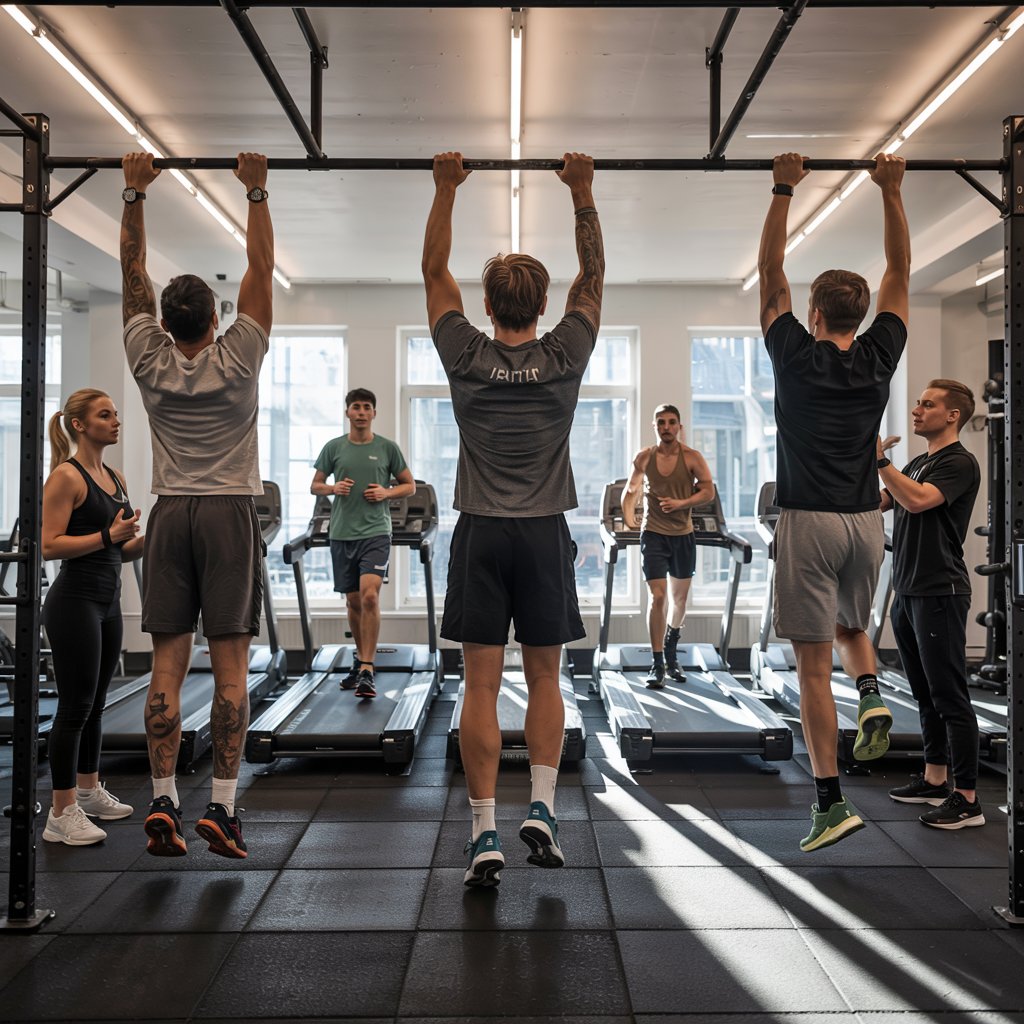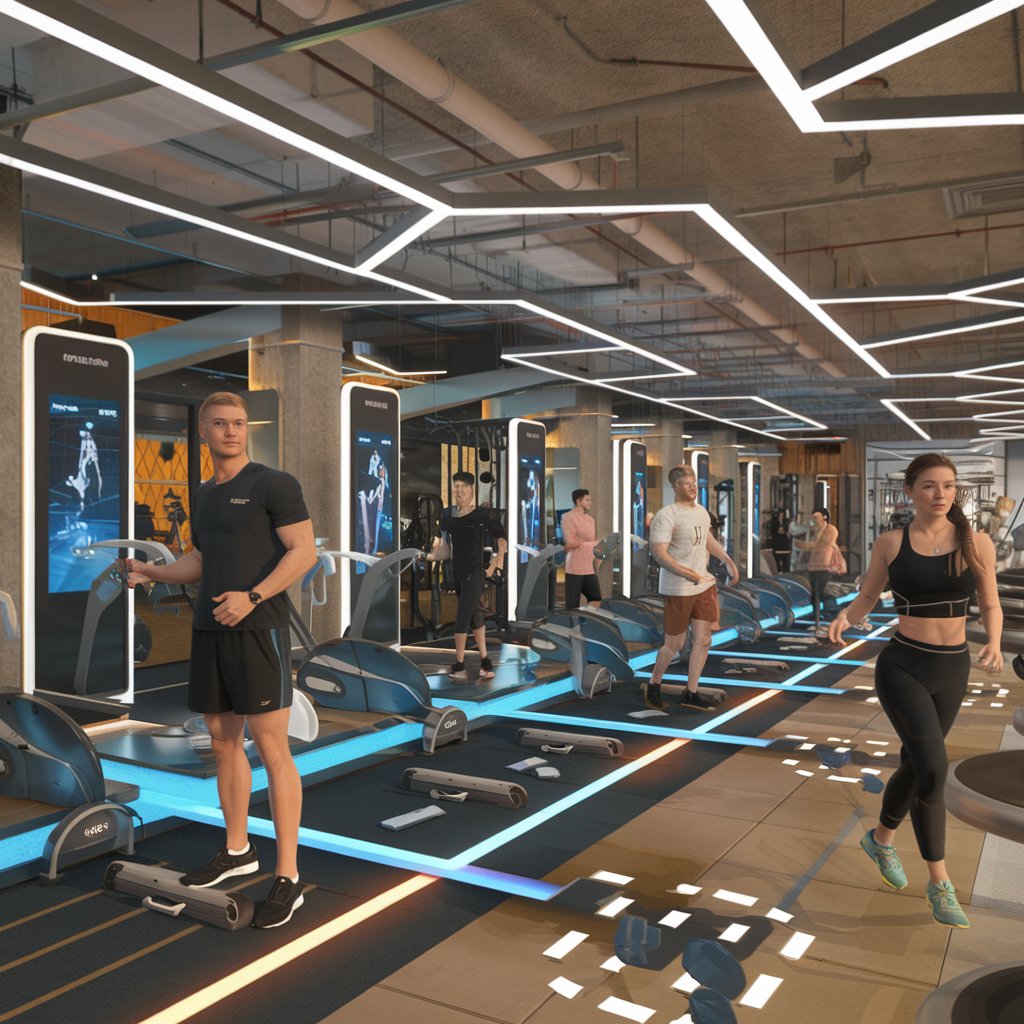
Physical Agility Test: Mastering Dynamic Movement
Physical agility tests play a key role in evaluating an individual’s movement skills. This piece explores their components and significance, showing how platforms like MetersFit can support your fitness journey through detailed assessments and customized plans.
Understanding the Essentials of Physical Agility Tests
Physical agility tests are vital for gauging performance across various fitness areas. These physical agility tests assess how swiftly and effectively someone can change direction, react to situations, and maintain balance. Participating in these assessments helps reveal your body’s potential, but it is crucial to understand what they really involve.
These tests come in different formats, from shuttle runs to obstacle courses, yet all target dynamic movement patterns. Assessing physical agility is not just about achieving a high score; it is about pinpointing areas for improvement, customizing training to boost dynamic response capabilities, and maximizing fitness potential.
This perspective is significant for both athletes and fitness fans. Grasping the core elements can enhance your training routines. As you prepare for a physical agility test, prioritize exercises that build strength in your core and legs. Engaging in dynamic drills that work both aerobic and anaerobic systems can fine-tune your performance.
In addition, recovery strategies highlight the role of rest and nutrition in athletic training. Consistency in daily training combined with planned recovery can significantly enhance your results in physical agility tests.
When crafting your agility training plan, think about the role of nutrition in fitness by checking out this informative piece on the role of nutrition in fitness.
The Science Behind Physical Agility Testing
To truly grasp the physical agility test, it is important to understand the science at play. Agility brings together speed, balance, coordination, and reaction time—key elements for enhancing athletic performance and everyday activities. Research indicates that effective agility training can markedly improve proprioceptive skills, aiding in balance and stability during dynamic movements (McNeal et al., 2020).
Agility tests evaluate how quickly and effectively someone can change direction, a vital skill in numerous sports. The physical agility test not only assesses physical abilities but also cognitive processes. Athletes must quickly interpret stimuli and make fast decisions while executing complex movements. Performance in these tests can uncover areas needing attention in both physical conditioning and sport-specific skills.
Moreover, insights from agility assessments can help shape personalized training plans. For example, improvements in agility enhance athletic performance and reduce injury risks. Incorporating movements that challenge stability and reaction time, like those found in dynamic balance exercises, can sharpen performance.
Monitoring progress through regular physical agility tests ensures athletes address their weaknesses effectively. A tool like MetersFit can streamline this process by offering tailored workout plans based on test results. By understanding the science of agility tests, both athletes and trainers can devise strategies that lead to substantial improvements.
If you want to boost overall performance, explore more about dynamic balance exercises.
Mastering Techniques for Physical Agility Tests
Physical agility tests are crucial for anyone aiming to enhance their movement abilities. They offer valuable insights into coordination, speed, and overall fitness. Various methods assess agility, from the shuttle run to the T-test, each focusing on different movement patterns. During a physical agility test, technique is key. Proper stance, quick footwork, and strategic turns can greatly affect performance.
Before taking any test, warming up is essential to prepare your muscles and joints. Mobilizing your joints and doing dynamic stretches can decrease injury risk. Include movements that simulate the test, such as lunges or high knees, to effectively ready your body for what lies ahead.
Once warmed up, concentrate on executing the test accurately. Keep an upright posture, ensuring precise foot placement during runs and turns. Visualizing the course beforehand can enhance execution by creating muscle memory. Remember, the aim is not just about speed but also control and efficiency in movement.
Additionally, engaging in specific drills designed to boost agility, such as ladder workouts and cone drills, can significantly enhance performance in physical agility tests. Integrating these elements into your routine will improve both agility and functional fitness. For a structured approach to agility improvement, check out the best tools for fitness testing.
Practical Exercises for Enhancing Physical Agility
To boost agility, adding practical exercises to your routine is a must. Physical agility tests determine your fitness level and spotlight areas needing attention. They show how quickly you can shift direction, keep balance, and react to changing scenarios. Now, let us explore effective exercises that enhance these abilities.
First up is the lateral shuffle. This exercise mimics directional changes typically experienced in sports. Start with feet shoulder-width apart. Shuffle side to side for 30 seconds, increasing speed over time. This movement serves as a great prep for the physical agility test by enhancing lateral motion.
Next, try cone drills. Set cones in a zig-zag or T-shape. Sprint towards the first cone, pivot swiftly, and dash to the next. This drill sharpens your ability to accelerate, decelerate, and change direction, all essential features of agility.
Another effective exercise is the plyometric box jump. Jump onto a sturdy box or platform, landing gently. This explosive movement conditions your muscles for quick speed bursts, thereby boosting your performance on a physical agility test.
Finally, practice agility ladder drills. These drills improve foot speed and coordination. Move through the ladder in various patterns, like high knees or lateral steps for one minute. Performing these drills refines your mechanics, making your movements smoother.
Integrating these exercises into your routine regularly will strengthen agility, better preparing you for upcoming physical agility tests. Focusing on this crucial fitness aspect lays a strong foundation for overall athletic performance. For more insights on incorporating training effectively into your life, check out Exercise Routines for Optimal Aging.
Integrating Physical Agility Testing into Fitness Plans
Incorporating a physical agility test into fitness plans can change how individuals approach their training. Agility goes beyond speed; it encompasses the ability to alter direction and handle unexpected challenges. Adding this test can highlight strengths and areas for growth, allowing for better-tailored workout strategies.
To integrate a physical agility test effectively, begin with a baseline assessment. This might include cone drills, ladder drills, or shuttle runs. Each activity measures quickness, coordination, and the capacity to move in various directions. These elements are essential for athletes but equally relevant for those aiming to maintain mobility as they age.
Once initial tests are complete, use the results to refine your fitness plan. For instance, if results indicate slower lateral movement, adding side shuffles and agility ladder exercises can target these specific areas. Additionally, integrating drill routines can enhance strength, flexibility, and balance—key factors in agility.
Ensuring a solid recovery routine is also crucial to avoid injuries during intense agility training. This element can be vital for long-term success and should not be overlooked. Tailored recovery techniques, including stretching and low-impact activities, play a significant role in an individual’s overall agility and efficiency. To learn more about preserving flexibility as you age, take a look at this guide. Regular assessments will help track improvement and keep your training engaging and effective.
Final words
Understanding and implementing the components of a physical agility test can significantly boost your dynamic capabilities. With MetersFit, you gain personalized, evidence-based insights. Interested in your fitness potential? Join now to start your health journey.






